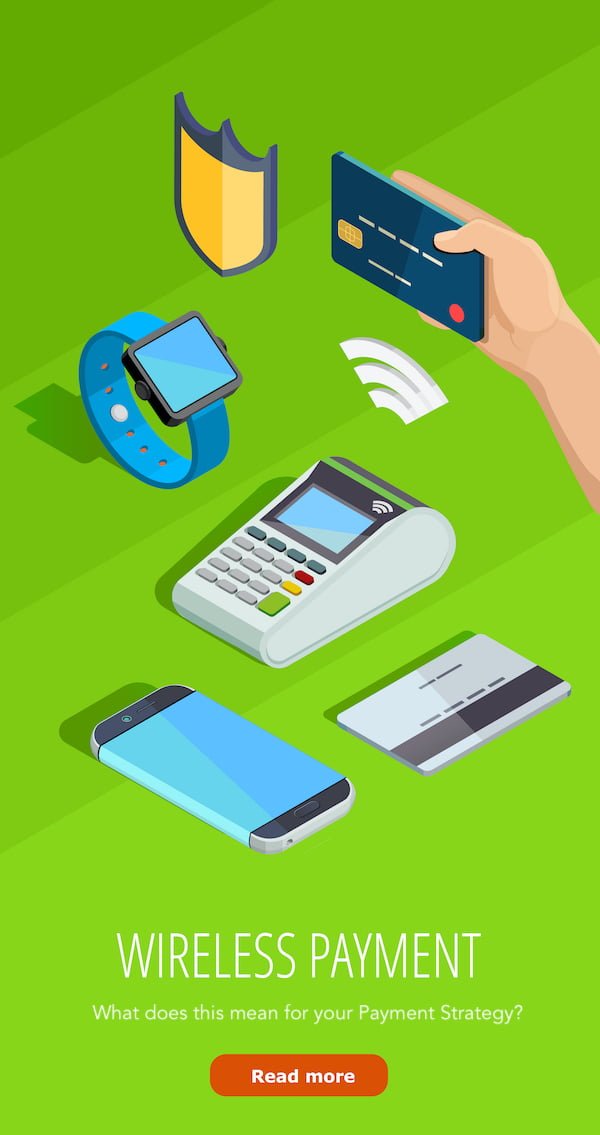
Mobile banking continues to demonstrate its potential to fundamentally change the way banks in developing markets engage and deliver financial services to their customers by make banking easier for customers, and delivering financial services to low-banked customers and under-serviced segments.
It does this by delivering a familiar, ubiquitous banking experience across mobile phones, regardless of handset make, model, data package or operating system, underpinned by the banks distribution footprint (e.g. branches and agency networks).
A mobile banking strategy is built around five Mobile Banking Pillars
• A commercially led, bank-centric strategy
• A robust, mobile platform
• An affordable, transaction-based pricing model
• An innovative product strategy
• An extensive, reliable cash-in/cash-out network
Mobile Banking Pillars, if done well, make banking easier for bank customers, which if executed well, will put the bank ahead of its rival competitors offerings in the market.
What is the size of the opportunity? Explosive mobile penetration among the banked population and an often dynamic regulatory environment presents one of the few relatively untapped opportunities for banks to reach serve existing market segments and acquire new segments at a lower cost to serve, in a generally competitive banking environment.
This window of opportunity is closing quickly as rival banks; MNO’s (Mobile Network Operators) and external parties vie for market share. Solveworx experience in this segment has demonstrated again and again that there are no material regulatory or legal obstacles or show-stoppers that reasonably prevent any bank or financial institution from pursuing a mobile banking strategy. In fact, a window of opportunity exists for many banks to play a key role in influencing and shaping the pace and direction of mobile banking and mobile money regulations in their markets and regions, because the mobile banking/mobile money phenomenon is moving fast, and banks have a valuable asset as respected and established players in the country and the economy.
Why lead mobile banking with elementary technologies such as USSD and not mobile web or applications? USSD’s (Unstructured Supplementary Services Data) is the leading emerging market mobile banking technology, powering leading mobile banking and mobile money and banking platforms (eg. Mpesa,FNB, StanBic, Standard Chartered, Telenor etc) across Asia and sub-Saharan Africa. 70% of South Africa’s largest mobile bank customers still use USSD, more than 10 years after it was first introduced, with app usage still trailing.
Elementary mobile services targeted to the mass market is attractive because it requires the most basic of mobile connectivity to get full use – customers dial a number and get into the service without the need to install any applications, it works on 99% of all handsets, without any customer intervention. I needs no Internet, Bluetooth, downloads, java, applications or configuration. The menus are interactive, intuitive, and immediate and if a customer can make a voice call, they can access a host of advanced banking, transaction, and value added services.





